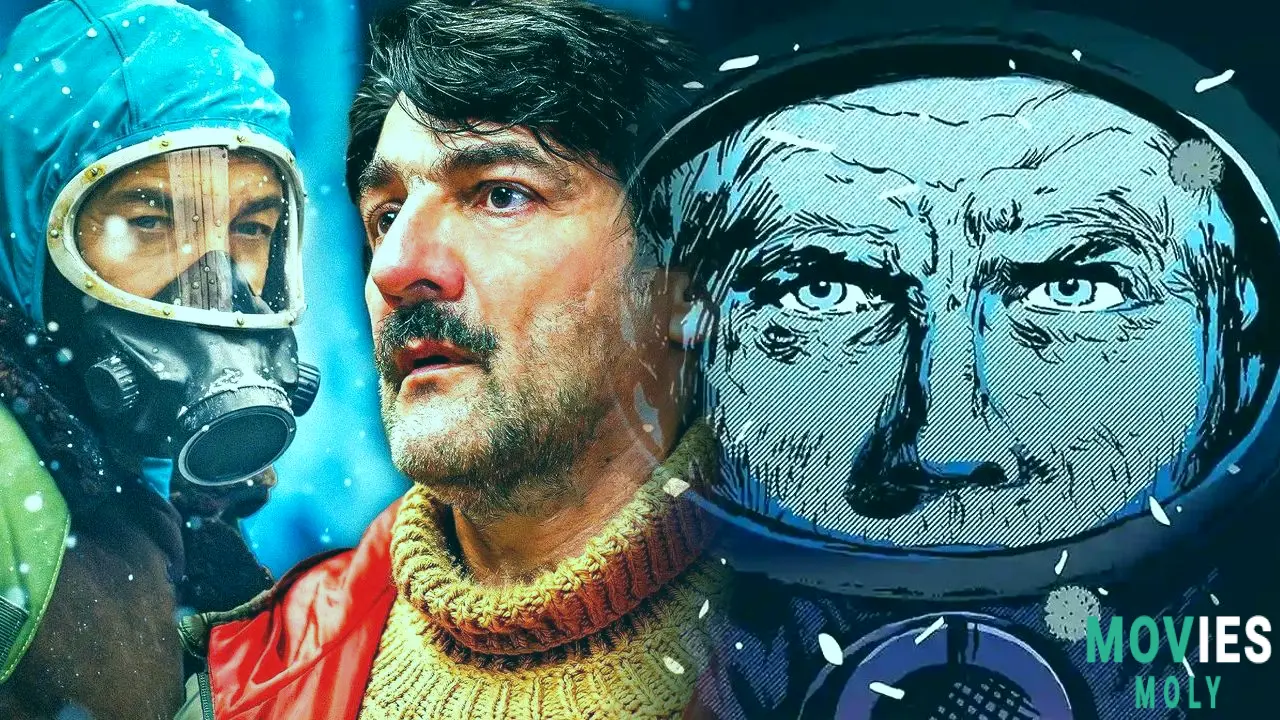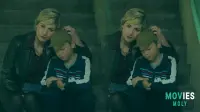In a genre landscape crowded with alien invasions and post-apocalyptic survival tales, Netflix’s El Eternauta stands apart—not by sheer scale, but by the emotional weight and cultural resonance it carries beneath its snow-covered surface. More than just a sci-fi thriller, this six-episode series adaptation of Héctor G. Oesterheld and Francisco Solano López’s iconic 1957 graphic novel gives Latin America’s most revered hero a modern life (and death-defying) mission in a world strikingly similar to our own.
From Graphic Novel Glory to Screen Supremacy—El Eternauta’s Long-Awaited BreakthroughFor decades, El Eternauta has been more than a story in Argentina—it’s been a symbol. A symbol of resistance, of societal collapse, and of hope in the face of total annihilation. The original comic, serialized in Hora Cero, told the tale of Juan Salvo, an everyman who becomes the leader of a civilian resistance after a lethal snowfall—an alien attack disguised as meteorological disaster—devastates Buenos Aires. Now, with Netflix’s adaptation, that allegory has been updated, sharpened, and given one of the region’s most powerful platforms yet.
Director Bruno Stagnaro, known for his gritty realism in shows like Okupas, doesn’t just adapt El Eternauta—he reimagines it. Moving the timeline from the 1950s to present-day Buenos Aires, Stagnaro injects the story with contemporary echoes: power outages, social unrest, economic collapse, and a protagonist shaped by past wars rather than youthful innocence. It's a bold move that pays off spectacularly.
Ricardo Darín’s Juan Salvo: A Flawed Hero Anchored by Personal Loss
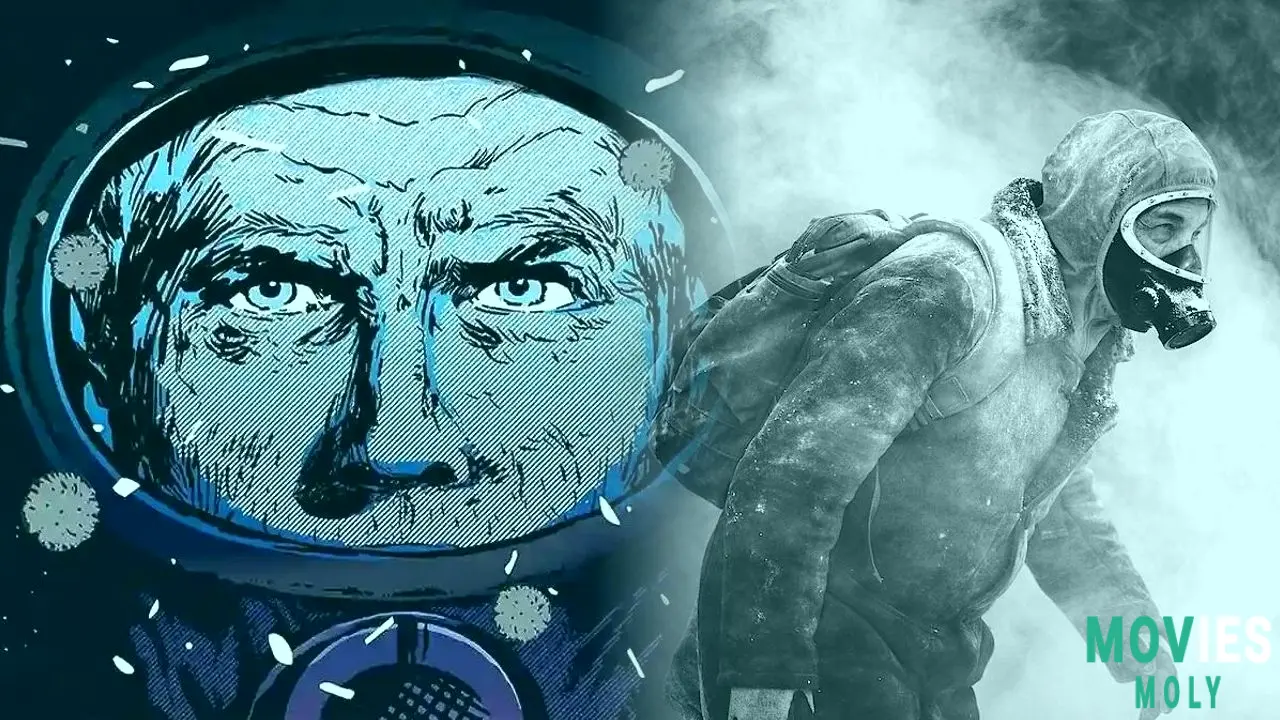
At the heart of the series is Ricardo Darín as Juan Salvo. Darín, Argentina’s cinematic titan, transforms Salvo into a layered, world-weary figure whose initial mission—simply to save his daughter Clara—evolves into something far greater. Darín’s Salvo isn’t just fighting aliens; he’s fighting isolation, mistrust, and the corrosive effects of individualism. As Darín put it, Juan is “an ordinary man wrapped in an extraordinary situation,” and that ordinariness is what makes his journey so relatable and gripping.
Juan’s group of survivors, including the analog-loving scientist Alfredo Favalli (César Troncoso) and the pragmatic ex-wife Elena (Carla Peterson), mirrors the original comic’s camaraderie—but with added generational and societal layers. The inclusion of Omar, a disillusioned immigrant, and Inga, a Venezuelan delivery worker, expands the narrative’s scope, reflecting modern Argentina’s fractures and the immigrant experience within it.
The Snow That Kills and the Society That’s Cracking Under Pressure
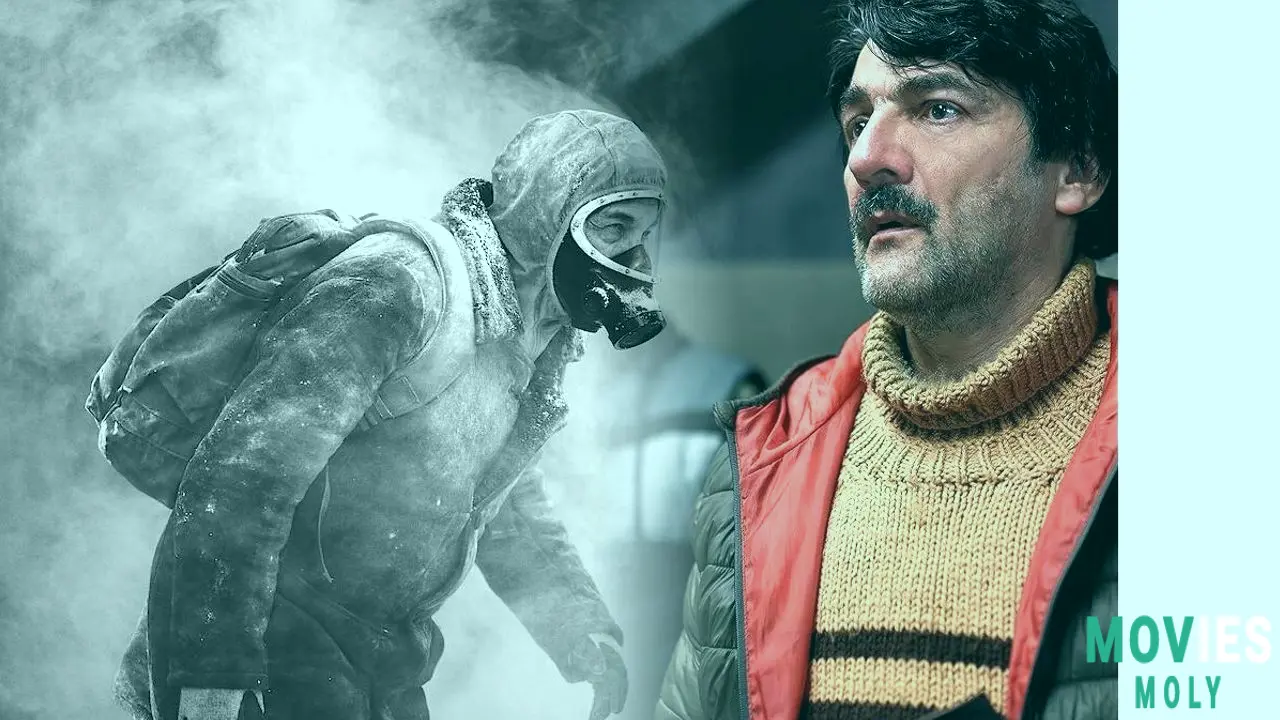
The show wastes no time submerging viewers into its eerie, John Carpenter-inspired atmosphere. A deadly snow falls, technology dies, and soon, grotesque insectoid aliens descend from the sky. But the real horror isn’t just the invasion—it’s how quickly human trust unravels. What begins as a tight-knit group of friends playing cards in a basement soon spirals into a desperate struggle for survival, sanity, and solidarity.
El Eternauta’s genius lies in how it uses sci-fi spectacle to explore human nature. The original comic was an anti-colonialist and anti-totalitarian allegory; the series adds layers of psychological realism. When survivors start “going crazy” and turning on each other, the alien threat becomes a metaphor for societal breakdown. The show’s tagline—“No one gets saved alone”—isn’t just a catchphrase. It’s a call back to the Argentine spirit of collective survival, one that’s analog, emotional, and desperately needed.
Clara’s Mystery and the Meta-Time Loop That Could Define Future Seasons
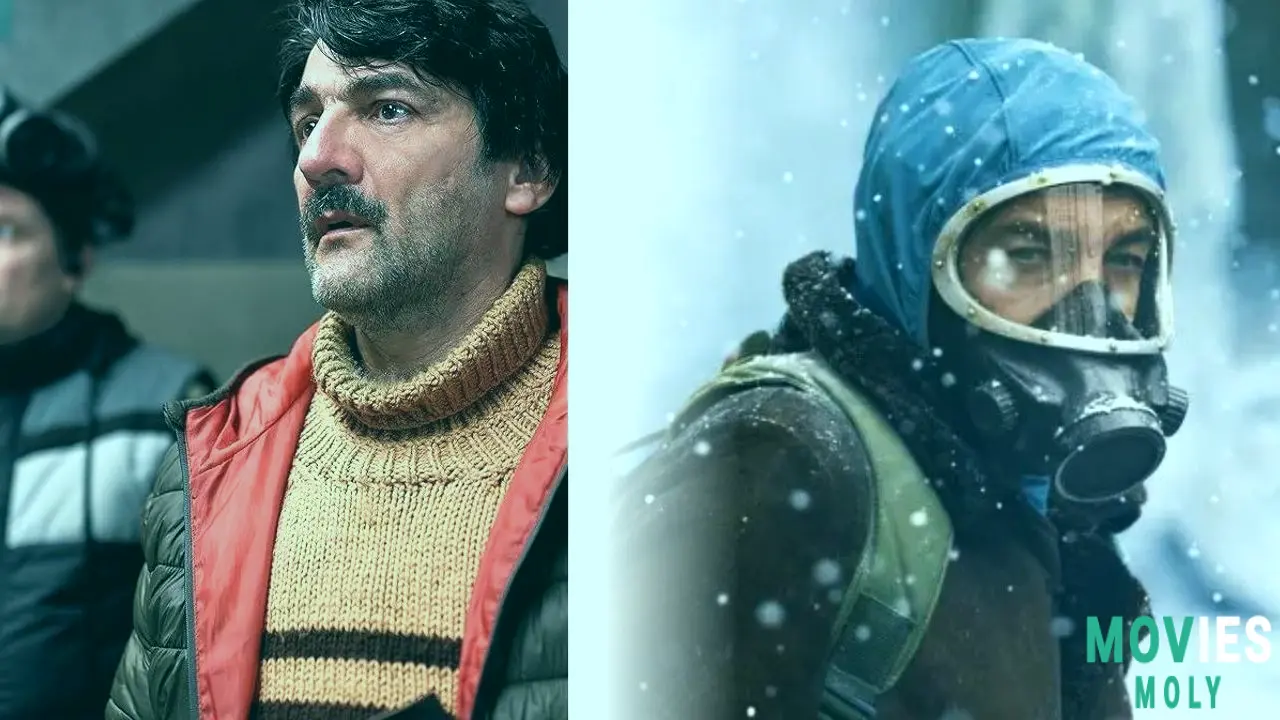
Without giving too much away, the final episodes of El Eternauta plunge into mind control, alien puppetry, and a haunting sense of déjà vu. Clara Salvo, Juan’s daughter, becomes both a motivation and a mystery, her behavior growing increasingly strange as the series progresses. The discovery of a bump on her head—and its unsettling implications—sets the stage for a potential second season that could dig even deeper into the original comic’s cosmic horror.
Juan’s visions, or perhaps memories, of future events repeating in a time loop eerily mirror the graphic novel’s climax. In a deliciously meta twist, the original Juan Salvo writes a comic about his experiences—a loop back to Oesterheld himself. Whether the series will embrace this full metafictional turn remains to be seen, but with Darín’s optimism and the creative team’s faith in the source material, fans have every reason to be hopeful.
El Eternauta Is More Than Sci-Fi—It’s a Cultural Resurrection

What makes El Eternauta truly powerful is not the alien bugs, the lethal snow, or even the collapsing Buenos Aires. It’s the fact that this story, born in the shadow of looming dictatorship and later stained by Oesterheld’s own disappearance, still speaks to today’s world. With Martín Oesterheld, the writer’s grandson, serving as a creative consultant, the series bridges past and present in a way that’s both respectful and revolutionary.
For a country that has endured so much, El Eternauta is a testament to storytelling as survival. It's a reminder that even when society breaks down, and even when we’re isolated by fear, solidarity remains our most powerful weapon. Netflix may have given the world an alien invasion story, but Argentina has given it back a hero who fights not just for survival, but for what it means to be human.

